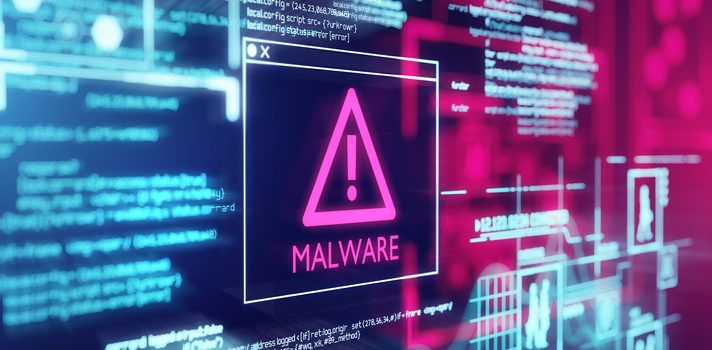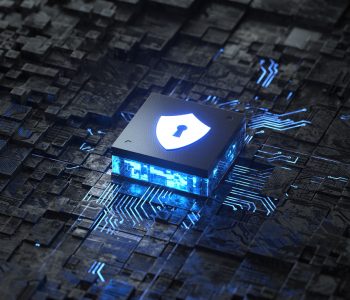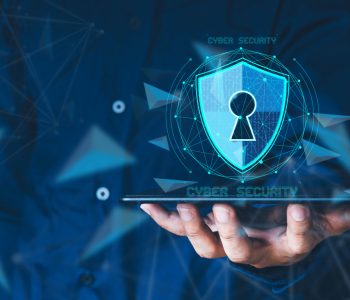 Defense
Defense
CVE-2022-26809 – Critical Windows RPC Vulnerability
Vulnerability Information
| Rating | Critical |
| CVE | cve-2022-26809 |
| MITRE | CVE – CVE-2022-26809 (mitre.org) |
| CVSS | CVSS:3.1 9.8 |
| Impact | Remote Code Execution (RCE) |
| Exploit in the wild | Currently not observed |
| Difficulty to Exploit (if PoC available) | Very Low |
| Network Position | TCP/IP Routable or Network Adjacent |
| Authentication Required to Exploit | No |
| Affected | Windows Client/Server OS |
| Typical Service Ports | TCP 135,139,445 |
| Vendor Patch Available | Yes |
| Exploitable in Default OOB (out of the box) configuration | Unknown |
| Exploitable Client/Server | Believed to be client and server side exploitable |






